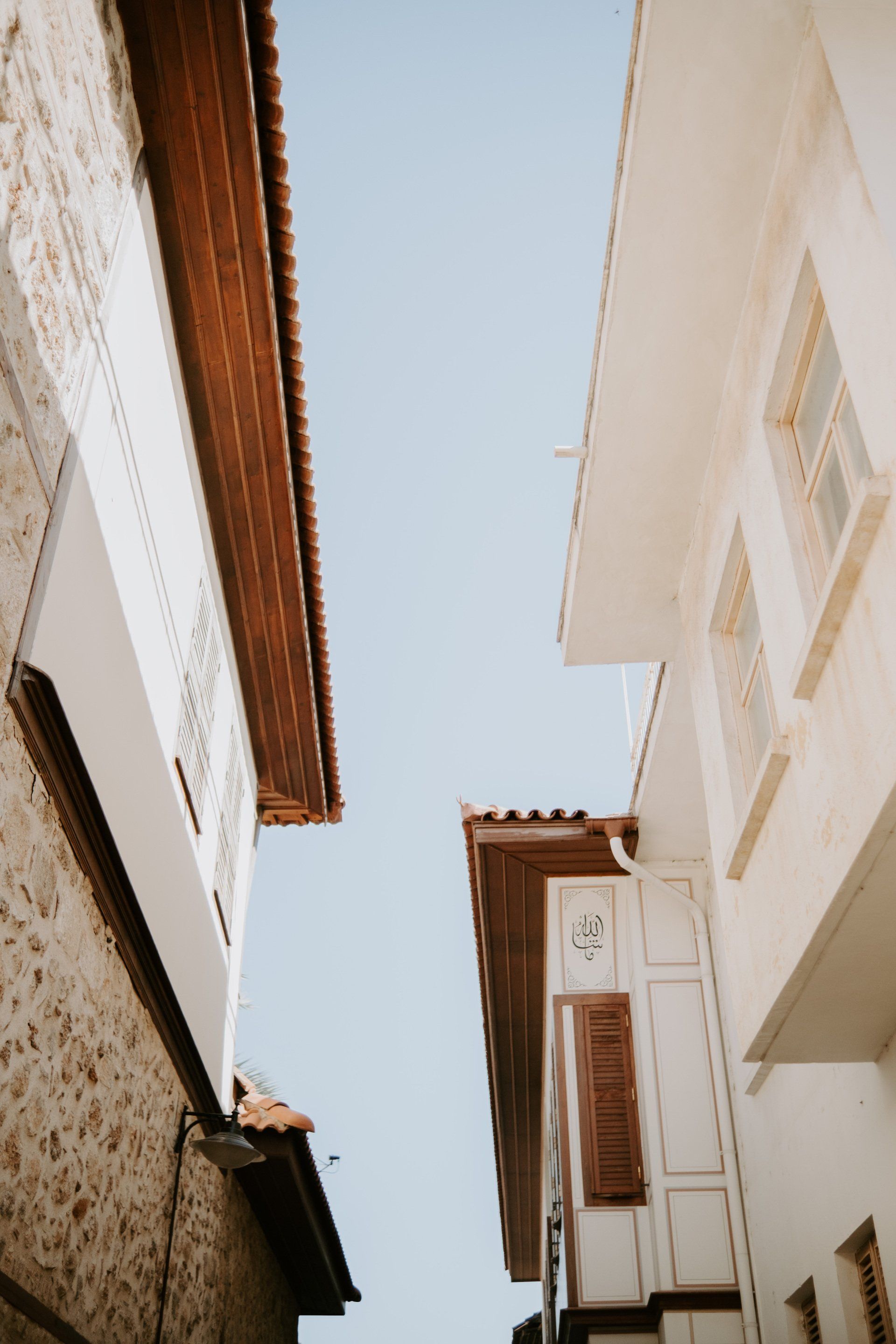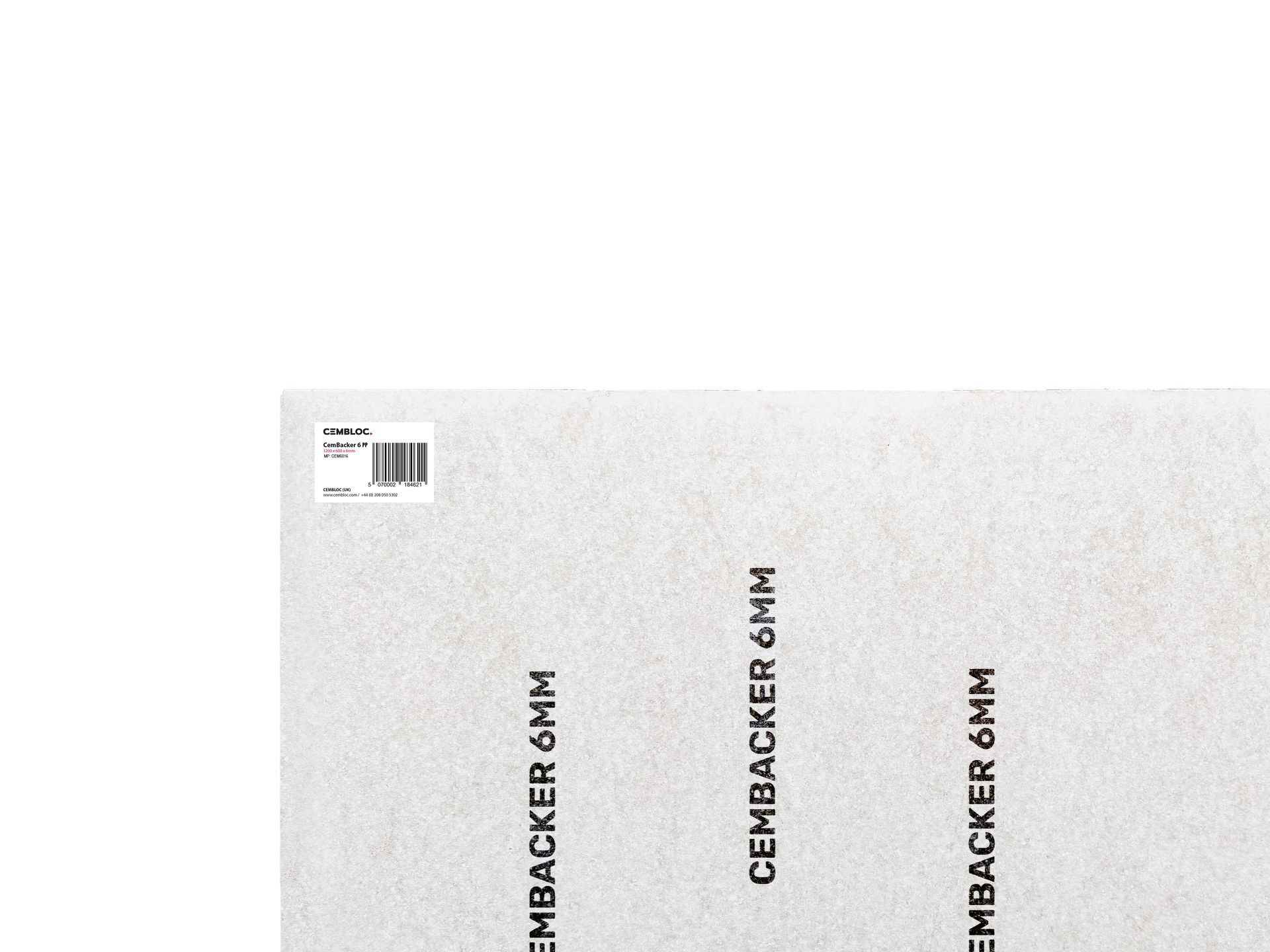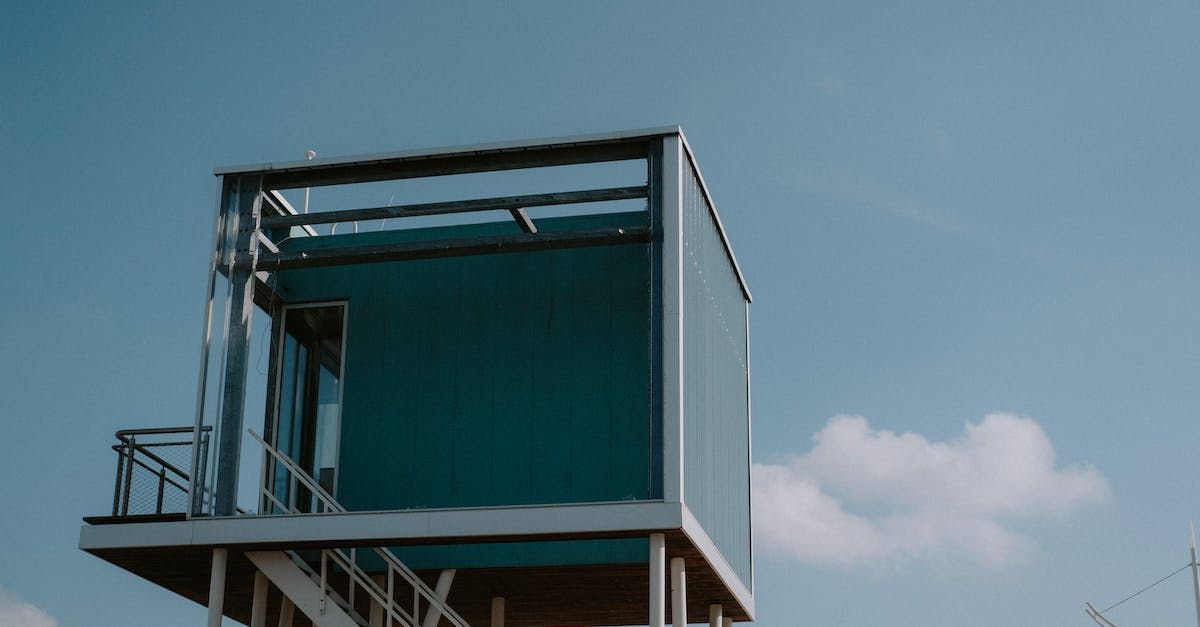Fibre Cement Decking
vs
Plastic PVC Decking vs Timber Decking.

Life's Simplicity
Generally people enjoy lifestyle simplicity. Taking the dog on a long walk and spending time with friends and family. To do this effectively, and providing the UK weather permits, this includes spending time outdoors in the fresh air, maybe in the garden, on the decking, terrace area or balcony.
Unfortunately the outdoor lifestyle here in the UK is minimal to say the least, lets face it...it rain a lot, more than we want. This rain, the wind, the sun and for the more extreme, snow and frost are all elements out of our control that often take their toll on traditional timber decking materials, causing rot, warping, twisting, splitting, fading that all put together can create a very unsightly dangerous and slippery surface. It's fact that traditional timber decks require serious and regular maintenance. Instead of enjoying your free time, you're outside maintaining your timber decking, maybe re-painting, re-varnishing, replacing old warped pieces with new pieces, and on top of all that then you have the drying time to be able to use it again. Your valuable free time has disappeared...
So what do you do? Look for an 'upgrade' maybe look to an alternate to wood decking, maybe composite PVC planks...plastic and again not eco friendly. You may soon realise you've made another mistake. Why? Well, aside from the obvious discolouration, given time, PVC can also be extremely slippery and dangerous, more so than timber decking. It's made of plastic, and therefore generally looks and feels like plastic. Lastly, it's longevity of wear and tear is questionable at times.
The answer? Well if you've done your homework you may have come across a fibre cement decking board variant, these are far more durable, a long lasting decking material that can still give you the look and feel of real wood, fibre cement decking will not burn, it's anti-slip, will not twist, split or warp and has longevity with a minimum of 25 years. You've found the perfect decking material.
Realistic and natural looking
Fibre cement decking boards are made in a press mold to give the texture of real wood giving it a realistic looking wood finish. Whilst most composite PVC decking manufacturers also claim the same, the presence of plastic inside the decking also means that the finished deck planks have a very 'distinctive' plastic sheen to them, letting everyone know exactly what your deck is made of, before they even set foot on it.
Unlike composite PVC decking, fibre cement isn’t stamped or pressed from a larger sheet and contains NO plastics giving it great looks and a natural warm feel similar to that of real wood.
Natural wood has its pluses aesthetically however given time, and when left open to the elements it fades in colour, it's surface treatment coat peels or wears off giving added maintenance whereas with fibre cement you can just fix it into position and leave it, it's totally maintenance free.
Durability, standing the test of time
In a time where everything around us is increasing in cost your decided purchase needs to stand the test of time, this should still apply to your choice of decking. Fibre cement decking can certainly offer longevity allowing you a minimum of 25 years of normal wear and tear, certainly in many cases you should want your decking to last as long as you own your home, fibre cement decking provides this longevity. Given the nature of cement, the boards themselves are extremely durable allowing the boards to be used for the majority of structural projects. Fibre cement construction boards are resistant to insects, resistant to moisture, UV stable - some may say, it's got it's factor 50 on. Fibre cement decking is naturally flame resistant and classed as a non-combustible, BBQ on your decking to your hearts content with no worry of fire or damage. Your fibre cement decking can be safely used all year round without the need to worry about putting on any protective coats, sealants and insecticides that are usual for timber treatment on a yearly basis.
Installs Easily
A controversial topic, who knew about that 'extra' box of fasteners and clips? It's too late when you've made your mind up "Don't worry they're spares"...Composite PVC decking is complicated, the amount of clips and fasteners is extensive, this really slows down the installation creating the possibility of you needing to find a tradesman, and quick, to finish the work on your behalf. Fibre cement decking on the other hand installs quickly and easily with no hidden extras, and if you have ever put together a timber deck before you will easily make the switch to fibre cement and won’t be slowed down in the slightest.









